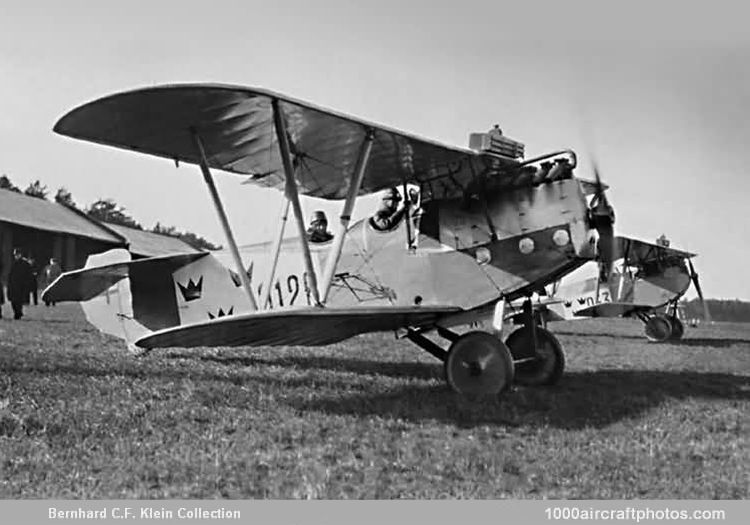09/30/2014. Remarks by Johan Visschedijk: "Influenced somewhat by its production of the Hansa-Brandenburg C.I and D.II, Phönix Flugzeugwerke A.G. at Vienna, Austria, would introduce one of the best armed reconnaissance aircraft of the war in April 1918 with the appearance of the Phönix C.I biplane. With the powerful 230 hp Hiero in-line engine, the Phönix C.I received universal praise because of its speed, climb rate, and ease to fly. In addition, its synchronized forward firing machine gun and ring-mounted observer's machine gun made it one of the most well-armed aircraft produced in the war. Based on enthusiastic reports from its pilots, on August 31, 1918 the Austro-Hungarian k.u.k. LFT (kaiserliche und königliche Luftfahrttruppen, imperial and royal aviation troops) proposed orders for 565 additional Phönix C.I aircraft.
Because it was so heavily armed, very maneuverable, and faster than even the Sopwith Camel at high altitudes, the Phönix C.I did not require fighter escorts. As a result, some enemy pursuit aircraft occasionally mistook it for a fighter only to be shot down by the observer when they attacked from the rear, such as happened when leading Italian ace Francesco Baracca was shot down on June 19, 1918. In addition to its defensive armament, the Phönix C.I could also be equipped with bomb racks, camera systems, wireless equipment, and exhaust silencers. Only 98 Phönix C.I aircraft were delivered before the war ended.
In the spring of 1919, two Austrian aviators, Edmund Sparmann (First Pilot and designer at Phönix) and Max Perini, demonstrated aerobatics with two Phönix aircraft, the single-seat fighter D.III and the two-seat reconnaissance aircraft C.I. It became clear that both aircraft were superior to any Swedish military aircraft, and the single D.III was bought by the military, and it was arranged that the C.I could be built in license by FVM (Flygkompaniets Tygverkstäder på Malmen, Aviation Company Stock Workshop at Malmen) at the military airfield Malmen in Malmslätt near Linköping, and three series of ten aircraft were ordered in 1920, 1921 and 1923. As the aircraft had an ugly appearance, it was nicknamed "Dronten" ("Dodo"). Initially these were powered by a less powerful and heavier 220 hp Benz engine, influencing performance, however, in 1924 they were successfully re-engined with a 300 hp Hispano-Suiza, hence they were nicknamed "Hispano-Dronten"."
